English Version
In the world of crops there has been a constant discussion between whether it is more profitable to have crops with hybrid seeds or with f2 seeds (obtained by ourselves from other fruits).
But this is due to the misinformation that some people may have, who tend to confuse hybrid seeds with transgenic seeds, something that is completely different.
To begin with, a hybrid or hybrid seed is one that is obtained by crossing two species, or two varieties of seeds to improve the genetics of the species, in short, it is the result of crossing two similar individuals.
This is done with the purpose of improving the yield by surpassing that of the progenitors (parent species), in such a way that a certain resistance to viruses that have attacked different varieties can be obtained, as well as a higher yield in production, perhaps a larger fruit size or a different color.
While a transgenic seed is one that is genetically altered in laboratories, where they can graft genes from other species, even animals, to have a considerable improvement. In some cases there are transgenic seeds that have been made to be winter resistant, for example, the case of the tomato that was genetically altered to be able to flower and be harvested in very low temperatures, where in normal conditions a plant would not withstand those temperatures.
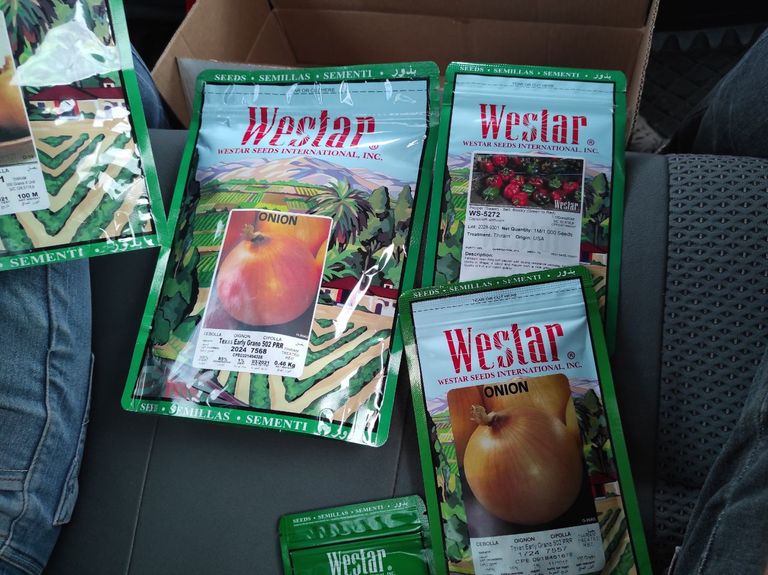
Knowing this, I could say that the main and most considerable advantages that I could notice in hybrid crops were: greater resistance to sudden changes in temperature, greater production, greater resistance to viruses, greater foliage on the plants, more vivid color, and faster growth.
In my case I had the experience of having 2 different crops, one with hybrid seeds and the other with f3 seeds.
In the case of the hybrid seeds we obtained a really incredible yield and result, since we were one of the first growers to test the new seed on the market Westar (Ws-5772).
This seed had disappeared from the market for some years, there were even lots that had an expiration date of 2018, so almost 70% of the crops that were in my area, were of the f4 or f5 filiar family maybe.
I even saw with my own eyes how was the seed germination process and how they were extracted from the fruits which had to be ripe, they had to be left in a basket 2 days after cut and with gloves the fruits would be opened and the seeds started to be extracted for selection, then they were covered with fungicides and stored.
When nursery owners needed to sell orders they simply germinated them in trays.
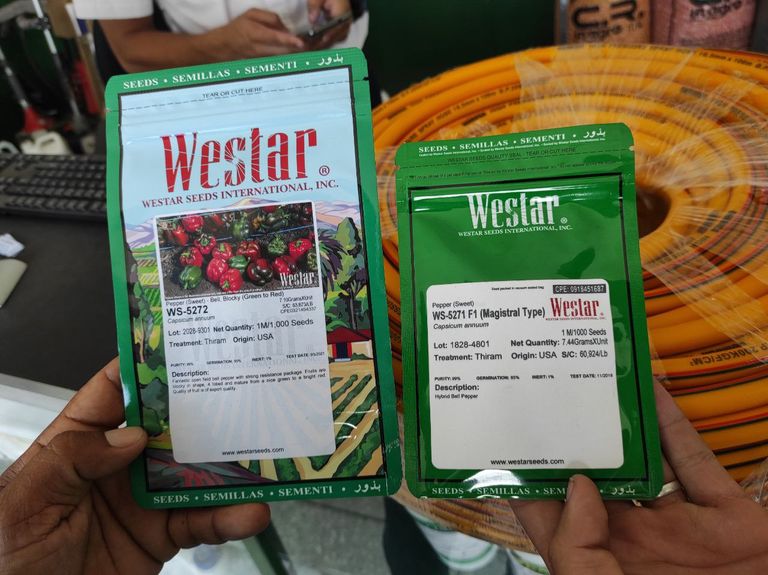
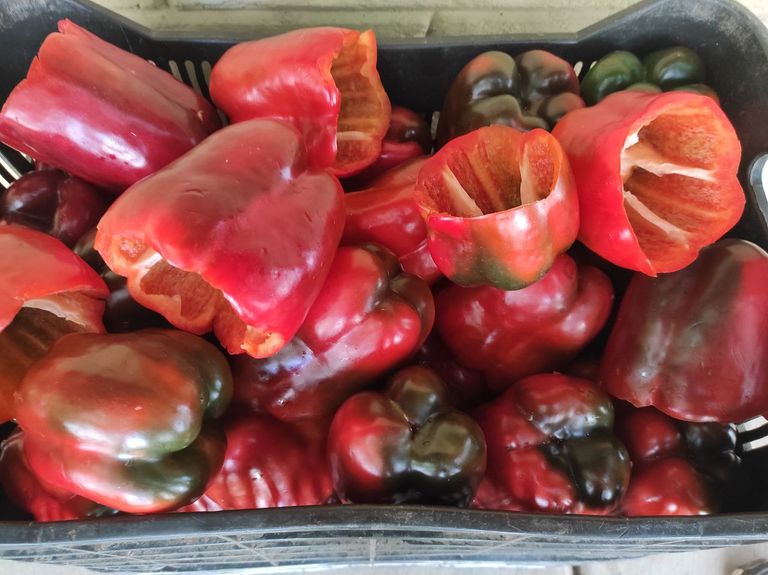
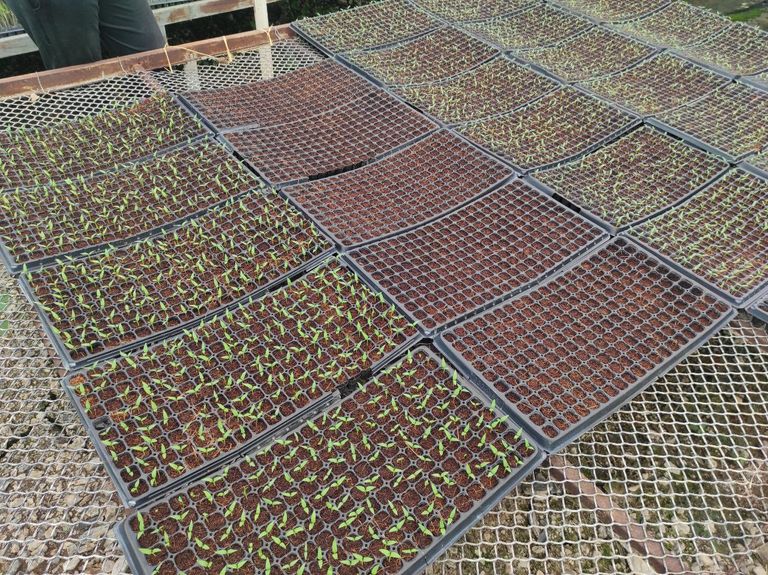
The hybrid seeds had really amazing foliage in the first weeks, were much more resistant to the sun, and had a much superior flowering. Fruit set was also much higher and the color of the plants was a very cool deep green.
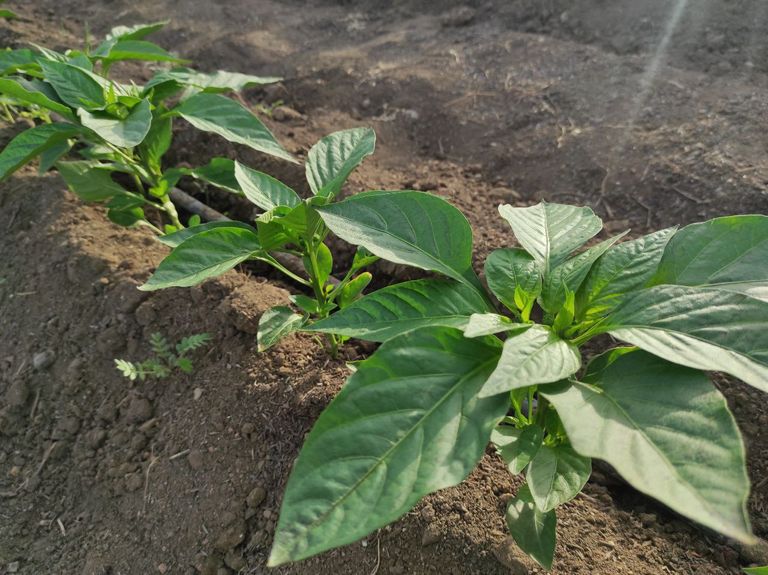
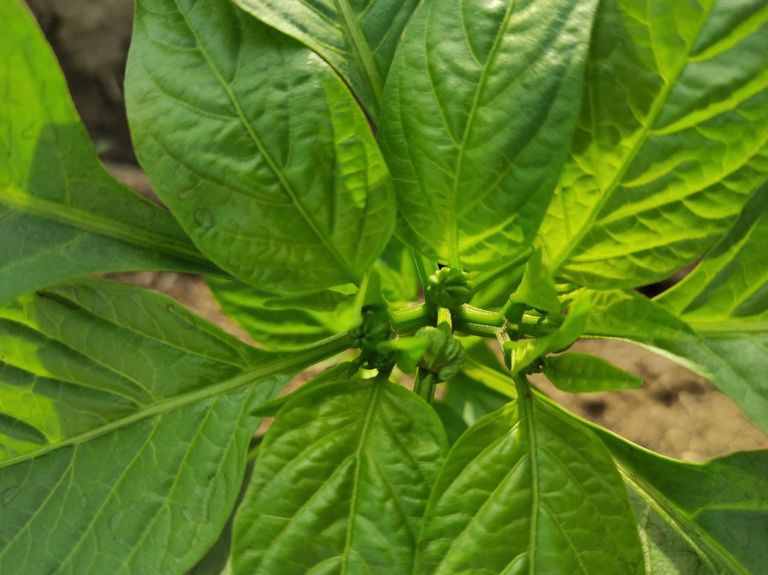
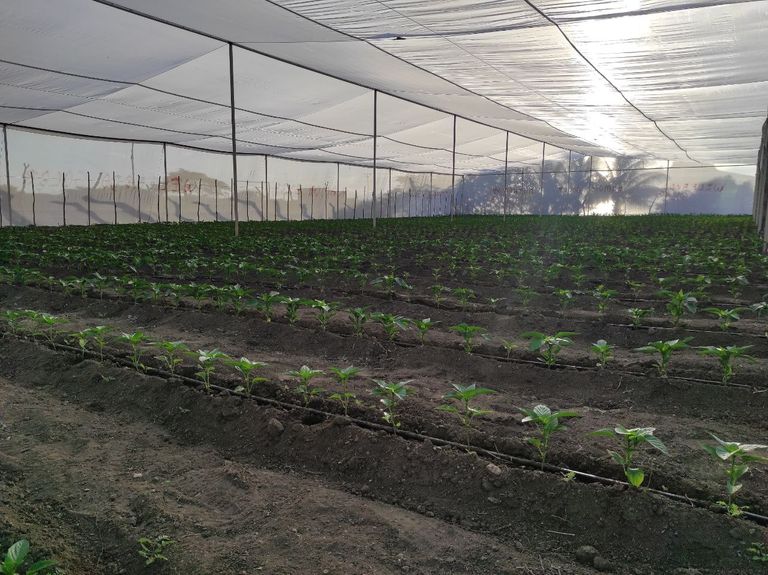
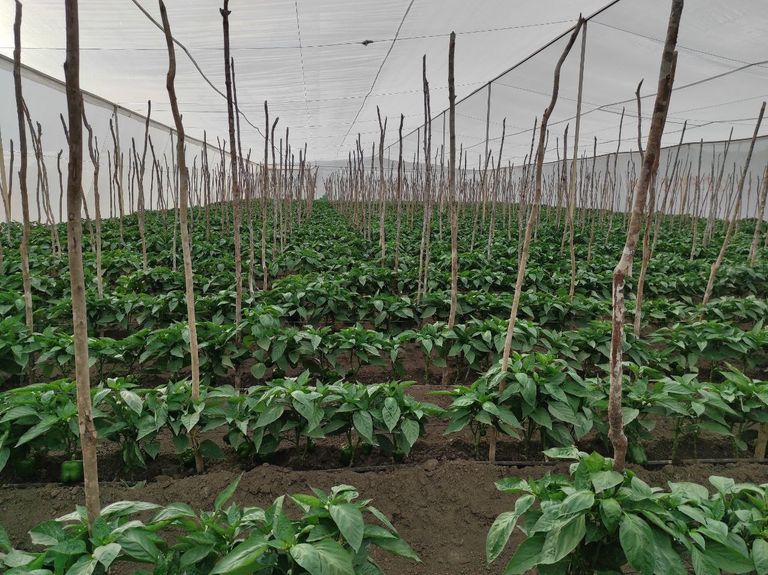
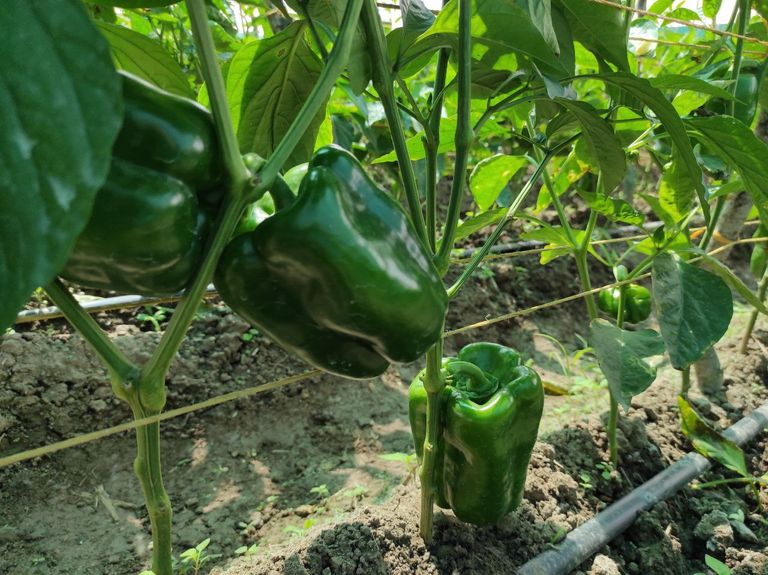
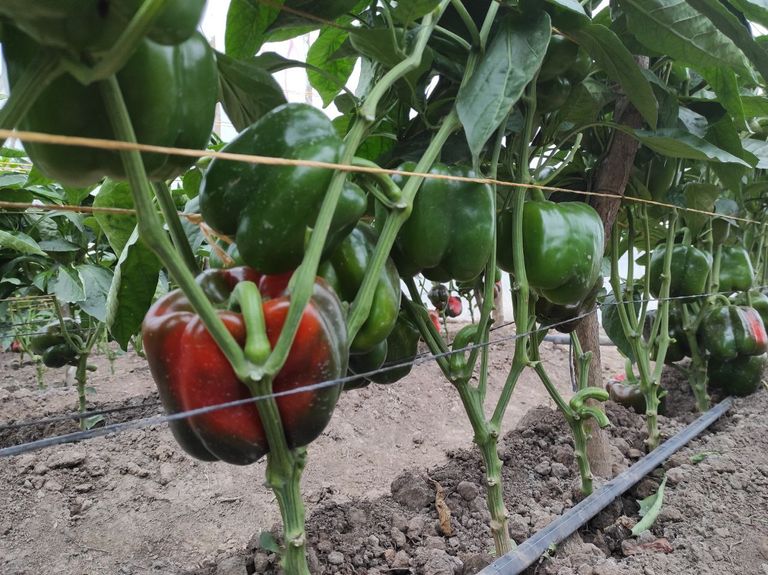
In the case of the f3 seeds, the plants had a more noticeable microelement deficiency, as if they could not feed themselves. Some were dwarfed and set very small fruit, others developed a kind of fungus on their stems and were more susceptible to diseases and viruses.
Although they tend to be very productive in the first few weeks, production decreases as the weeks progress, as if the plants were aging faster. Likewise, fruit size decreases considerably.
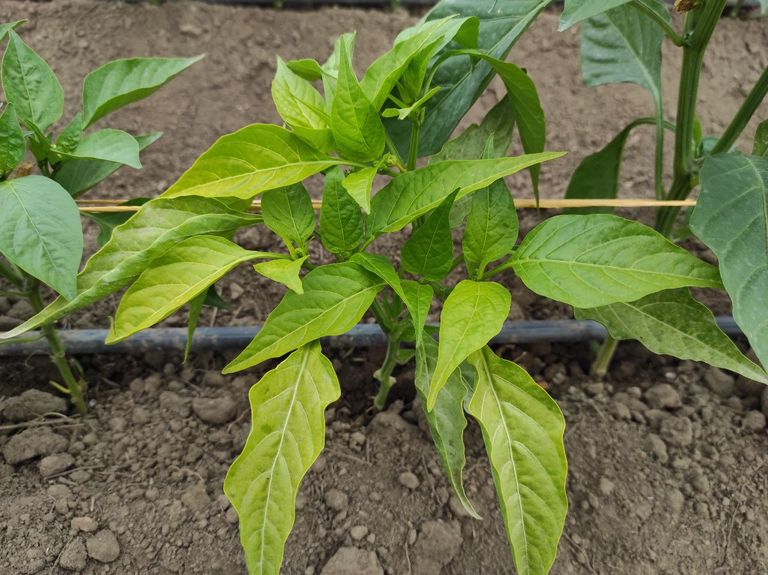

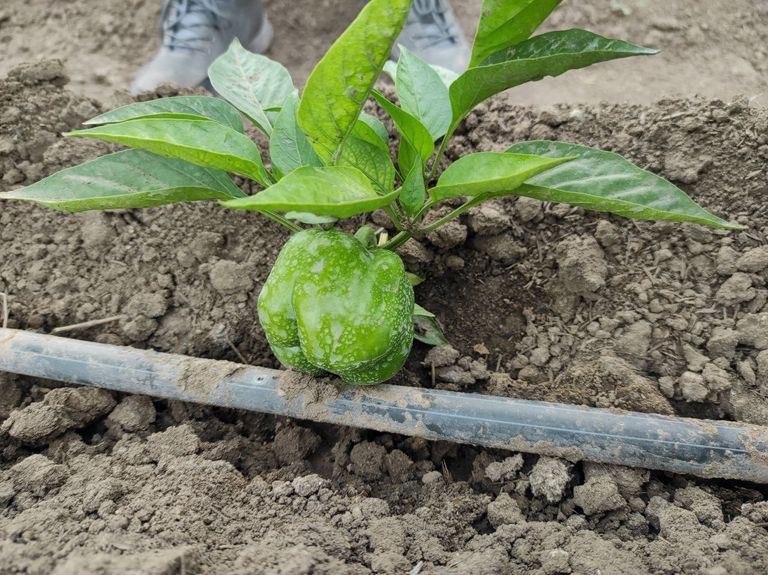
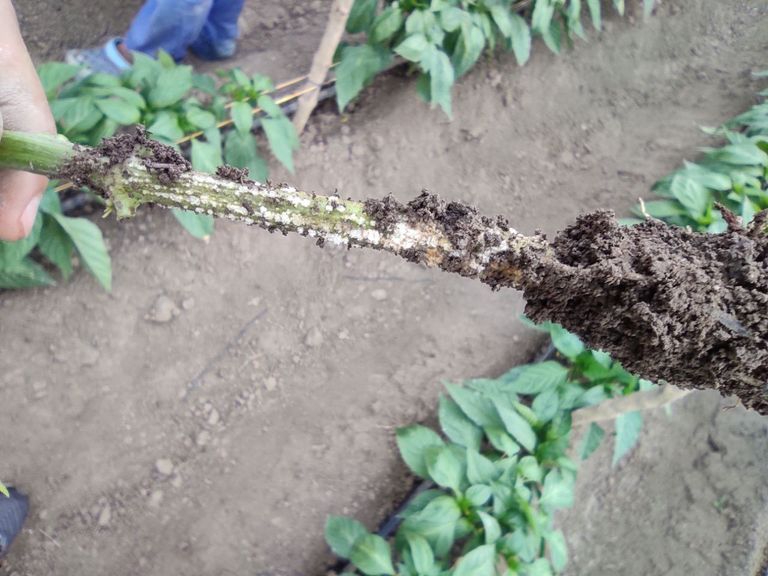
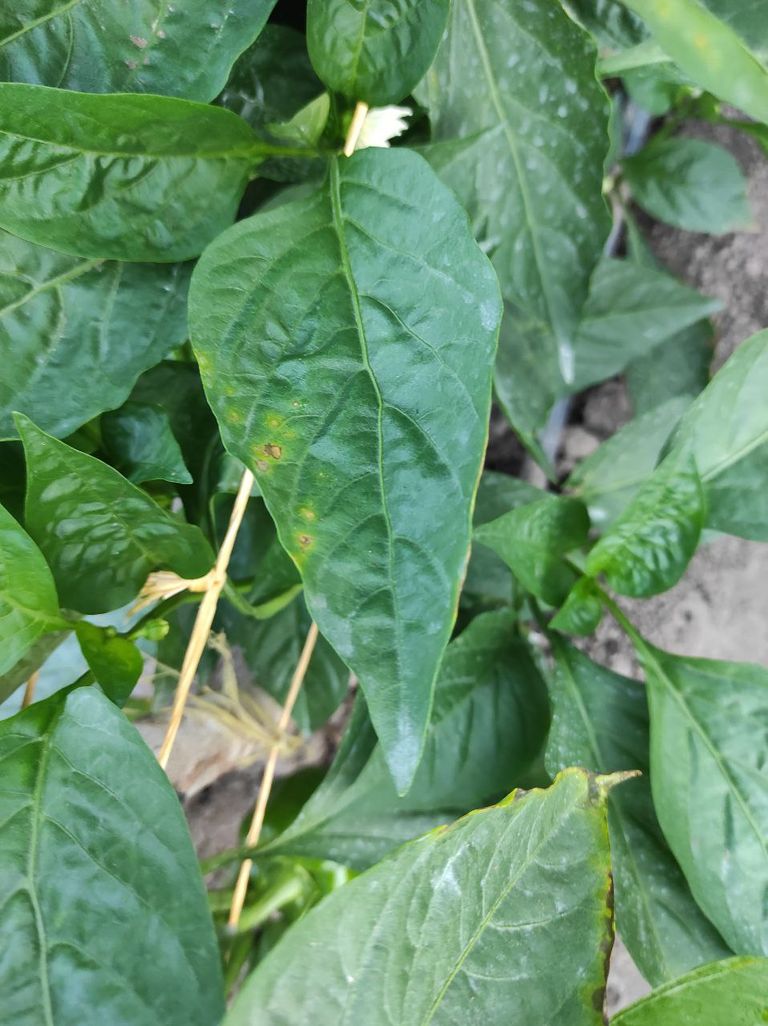
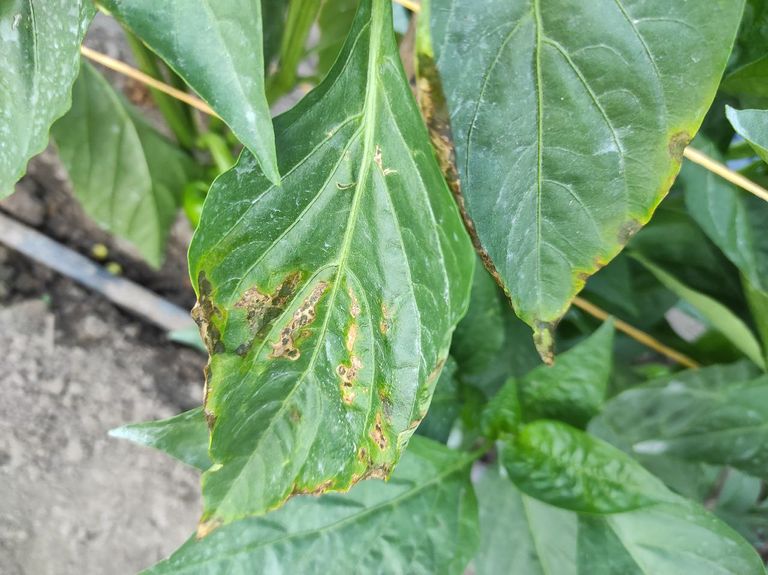
The same happens with other crops, I have seen tomato crops with hybrid seeds that have not been watered for weeks and the plants still produce flowers, set fruit and do not dry out so quickly.
In onion crops, the variety of the species also depends on whether they are long or short days, as there are species that are planted at specific times of the year, some are more resistant to the sun and others grow much faster.
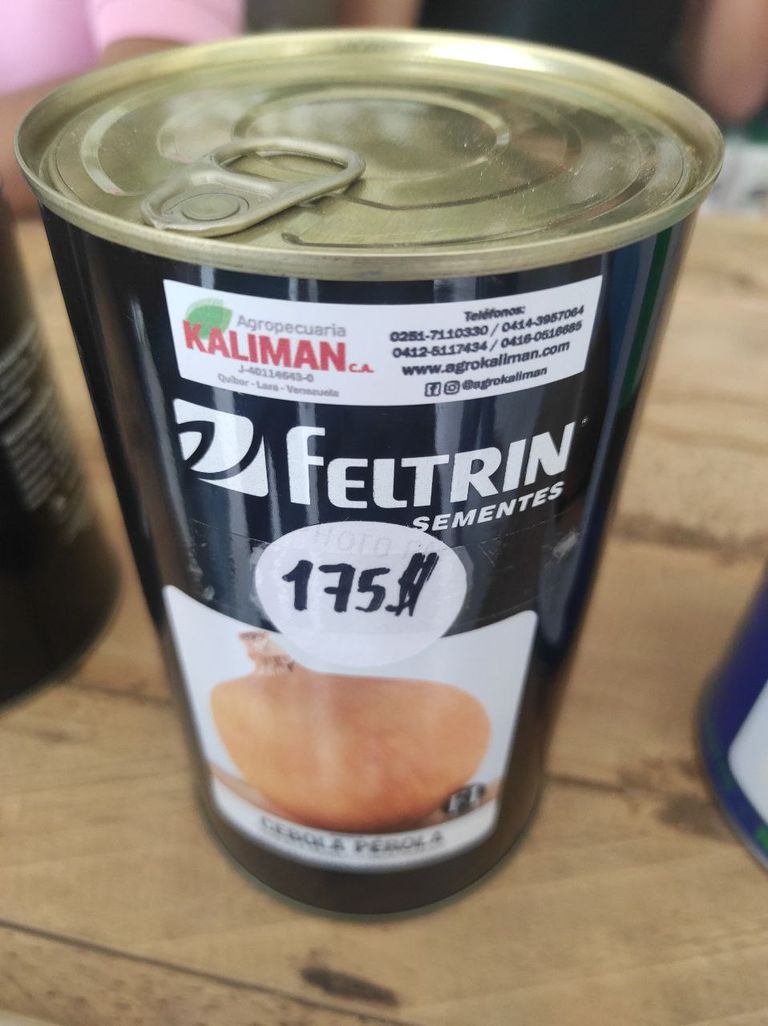
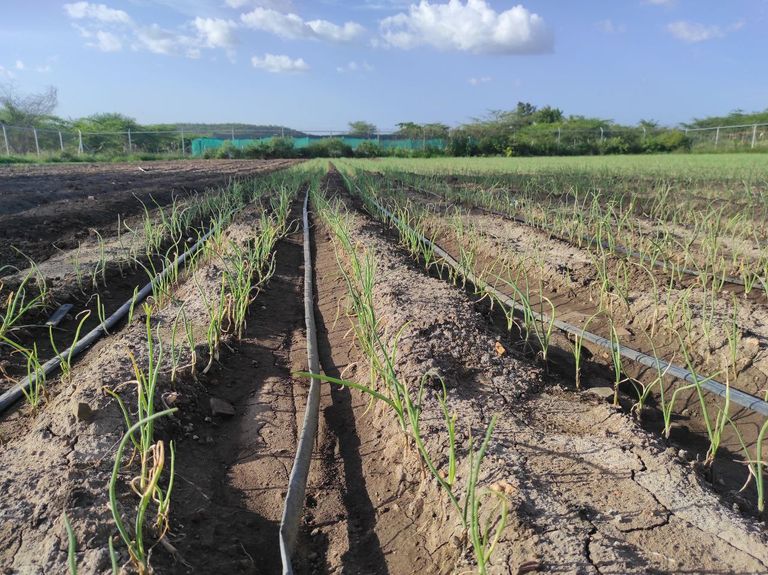
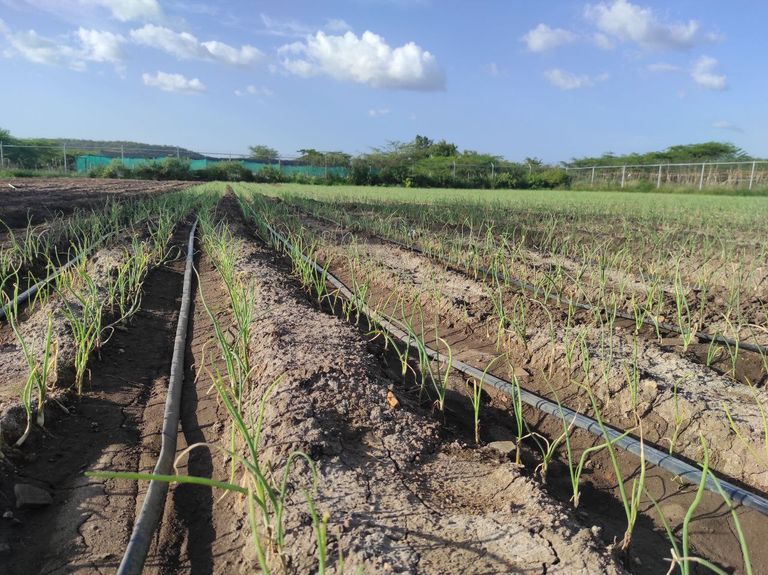
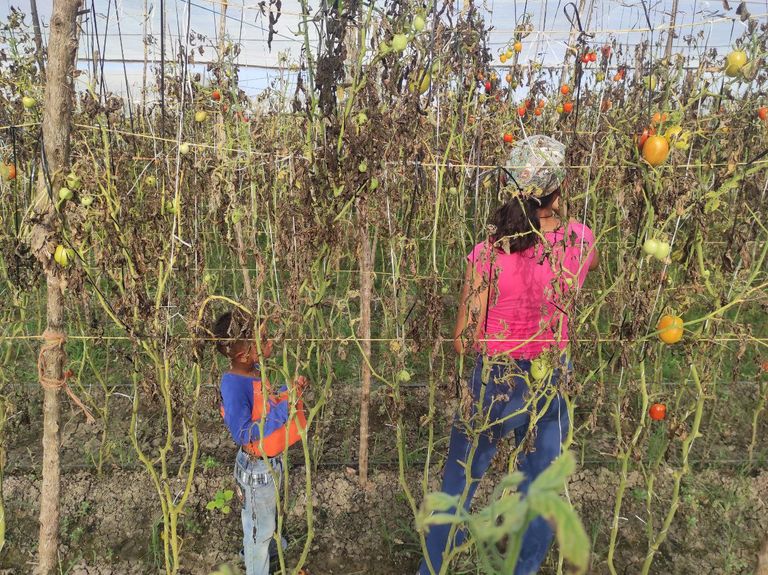

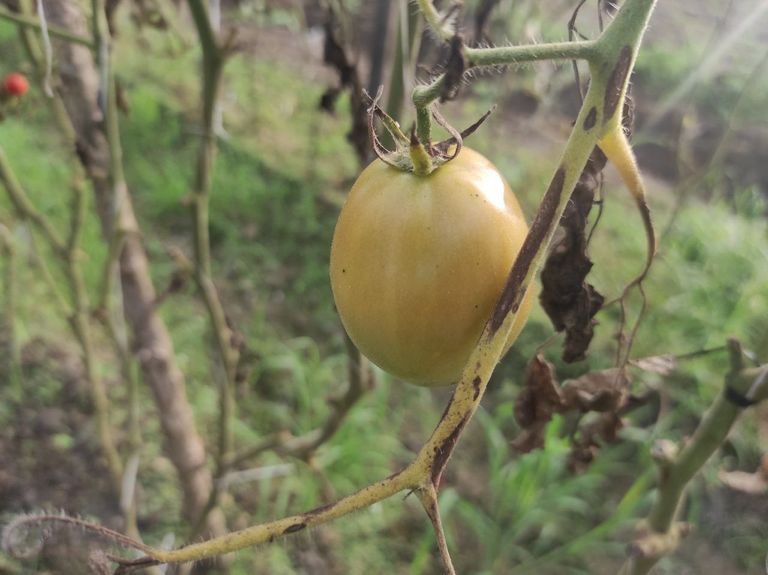
Another detail that I almost forgot is the germination level, it has been proven by agronomists and laboratories that the germination percentage of the hybrids is much higher. Even 10% higher, although it all depends on the storage of the seeds, the substrate used, however both have a good germination, but in cost-benefit details this percentage can be vital.
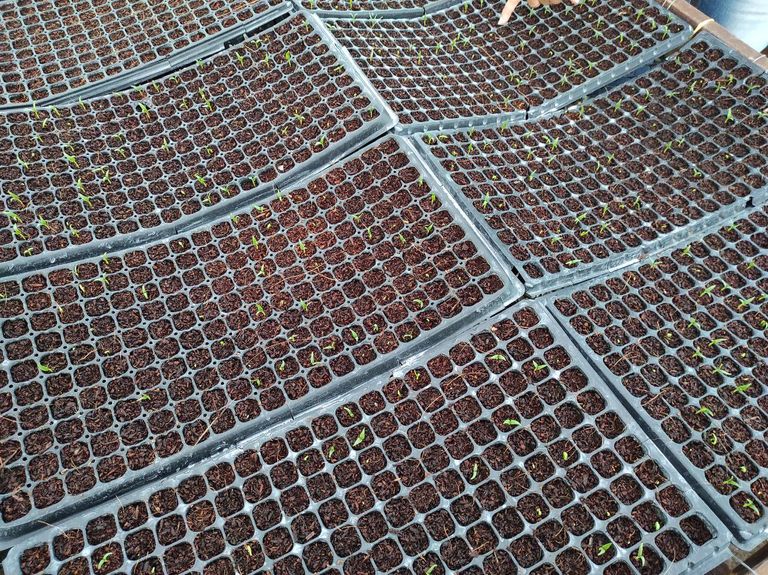
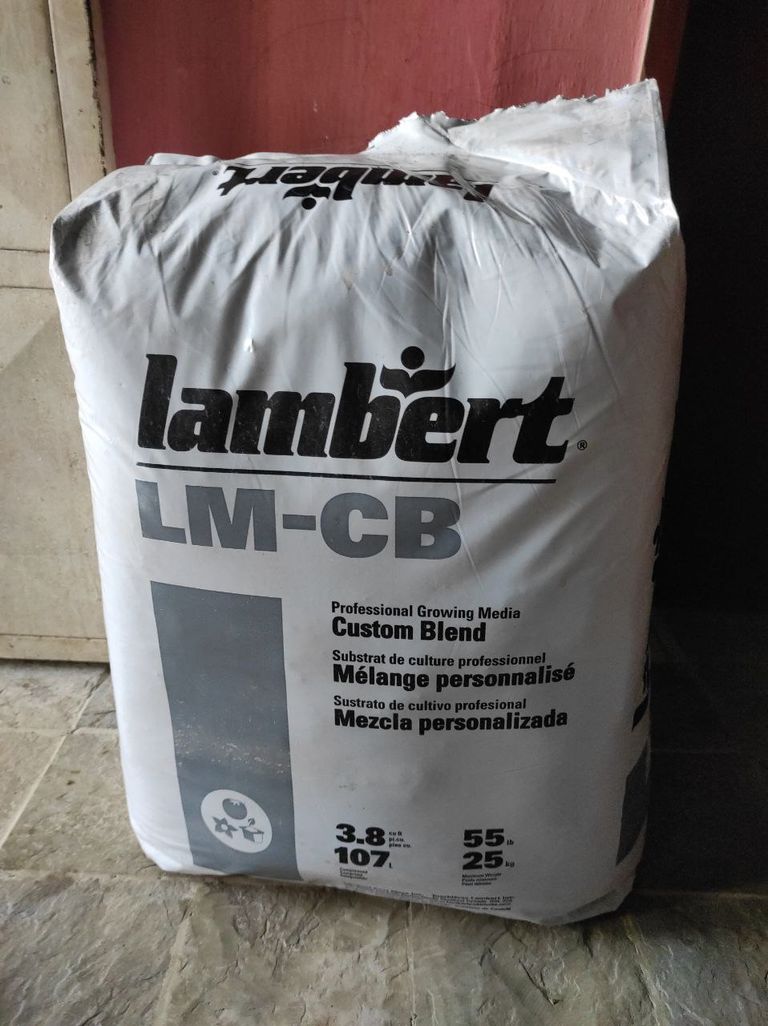
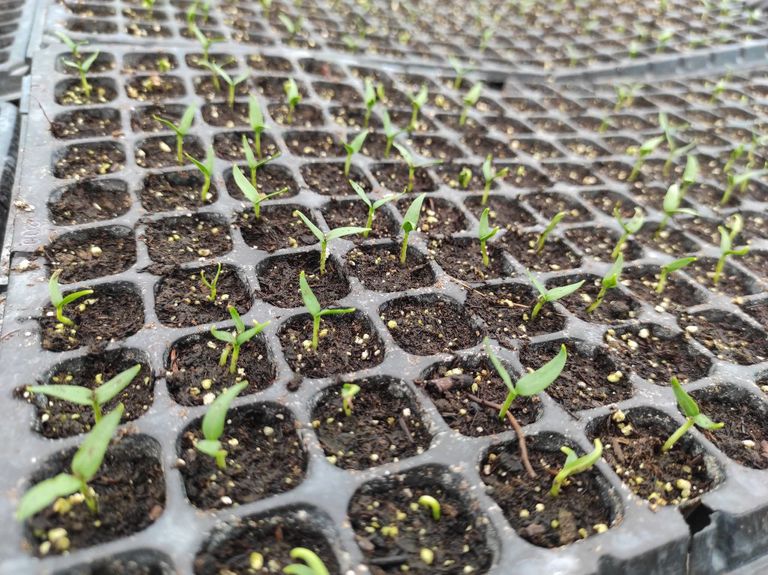
My notes and comparisons were so good that an importer of Westar seeds invited me to a meeting with some engineers, where we talked about the treatment of the seeds, what we applied, how we saw our production and everything related to the crop.
They gave me some more sachets of tomato seeds to be tested in the same way.
After this I also learned something, and that we can make a hybrid ourselves, of course a little less technical than doing it in a laboratory, but it would be to grow two different varieties in the same enclosed space and ensure pollination with insects that is to say that the plants do not self-pollinate, in this way the species can be crossed and obtain new hybrids.
We simply have to take into account the description of the seed, the resistances and tolerances that both have and see how we can improve the new hybrid.
In a very particular case it happened to me that I obtained yellow peppers, it is a species that we had never cultivated, however engineers told me that it was due to the pollination by some insect that entered the place.
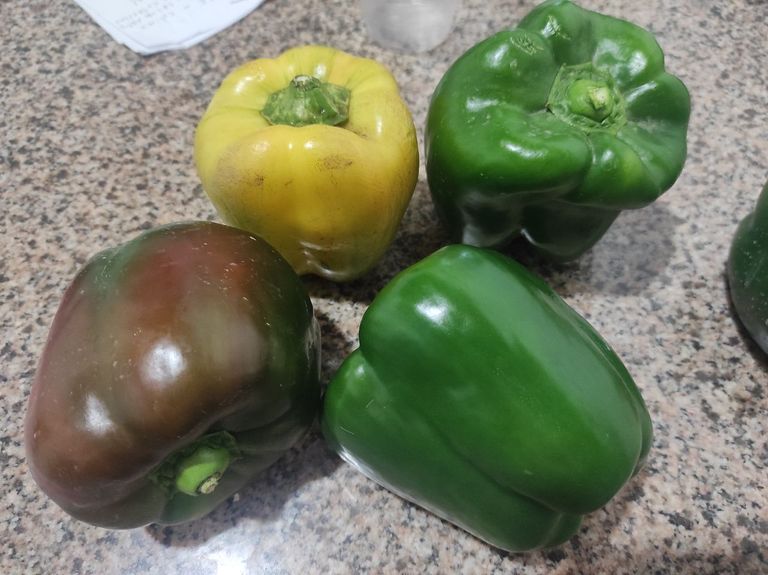
It is also the case that due to the crossing of species the fruits can decrease in size, but be more fruits, so it is something we can play with.

So this was my experience with both types of seeds, and the advantages I could notice in them.
Although the hybrid seeds are much more expensive, the result in production is still more beneficial than buying much cheaper f3 seeds.
See you next time.
All photos were taken by me, some of them may have been used before or are similar as they are stored in the cloud.
Versión en español.
En el mundo de los cultivos se ha tenido una discusión constante entre si es mas rentable tener cultivos con semillas hibridas o con semillas f2 (obtenidas por nosotros mismos de otros frutos).
Pero esto se debe a la mala información que puedan tener algunas personas, que suelen confundir las semillas hibridas con semillas transgénicas, algo que es completamente distinto.
Para empezar un hibridó o semilla hibrida, es aquella que se obtiene mediante el cruce de dos especies, o dos variedades de semillas para mejorar la genética de la especie, en pocas palabras es el resultado del cruce de dos individuos similares.
Esto con el propósito de mejorar el rendimiento superando al de los progenitores (especies padres), de tal manera que se puede obtener cierta resistencia a virus que han atacado a variedades distintas y además un mayor rendimiento en la producción, mayor tamaño en frutos quizás o un color distinto.
Mientras que una semilla transgénica es es aquella alterada genéticamente en laboratorios, donde pueden injertar genes de otras especies incluso de animales para tener una mejoría considerable. En algunos casos hay semillas transgénicas que se han hecho para ser resistentes al invierno por ejemplo, el caso del tomate que fue alterado genéticamente para poder florecer y ser cosechado en temperaturas muy bajas, donde en condiciones normales una planta no soportaría esas temperaturas.

Sabiendo esto podría decir que las principales ventajas mas considerables que pude notar en cultivos híbridos fueron: Mayor resistencia a cambios bruscos de temperaturas, mayor producción, mayor resistencia a virus, mayor follaje en las plantas, color mas vivo, y crecimiento mas rápido.
En mi caso tuve la experiencia de tener 2 cultivos distintos, uno de semillas hibridas y otro de semillas f3.
En el caso de las semillas hibridas obtuvimos un rendimiento y resultado realmente increíble, ya que fuimos uno de los primeros agricultores en probar la nueva semilla en el mercado Westar (Ws-5772).
Esta semilla había desaparecido del mercado por algunos años, incluso habían lotes que tenían una fecha de vencimiento de 2018, por lo cual casi el 70% de los cultivos que habían en mi zona, eran de familia filiar f4 o f5 quizás.
Incluso vi con mis propios ojos como era el proceso de germinación de las semillas y como se extraían de los frutos los cuales debían estar maduros, debían dejarse en una cesta 2 días después de cortados y con guantes se habrían los frutos y se comenzaban a extraer las semillas para su selección, luego se cubrían con fungicidas y se almacenaban.
Cuando los dueños de viveros necesitaban vender pedidos simplemente las germinaban en bandejas.



Las semillas hibridas tenían un follaje realmente increíble en las primeras semanas, fueron mucho mas resistentes al sol, y tuvieron una floración muy superior. El cuajado de frutos también fue muy superior y el color de las plantas era de un verde intenso muy genial.






Para el caso de las semillas f3, las plantas tenían un deficiencia de microelementos mas notable, como si no pudiesen alimentarse por si solas. Algunas tenían enanismo y cuajaban frutos muy pequeñas, otras desarrollaban una especie de hongo en sus tallos y eran mas susceptibles a enfermedades y virus.
Aunque suelen ser muy productivas las primeras semanas, esa producción disminuye conforme las semanas avanzan, como si las plantas envejecieran mas rápido. Al igual que el tamaño de los frutos disminuye considerablemente.






De igual manera ocurre con otros cultivos, he visto cultivos de tomate con semillas hibridas que no han sido regados por semanas y las plantas aun producen flores, cuajan frutos y no se secan tan rápido.
En cultivos de cebolla, la variedad de la especie también depende si son días largos o cortos, ya que hay especies que se siembran en épocas especificas del año, algunas son mas resistentes al sol y otras crecen mucho mas rápido.






Otro detalle que casi olvido es el nivel de germinación, esta comprobado por agrónomos y por laboratorios que el porcentaje de germinación de los híbridos es mucho mayor. Incluso un 10% por encima, aunque todo depende del almacenamiento de las semillas, el sustrato utilizado, sin embargo ambas tienen una buena germinación, pero en detalles costo beneficio este porcentaje puede ser vital.



Mis anotaciones y comparaciones fueron tan buenas que una empresa importadora de las semillas westar me cito a una reunión con algunos ingenieros, donde hablamos sobre el tratamiento de las semillas, que le aplicamos, como vimos nuestra producción y todo lo relacionado al cultivo.
Me obsequiaron algunos sobres mas de semillas de tomate para ser probadas de igual forma.
Terminado esto también aprendí algo, y que nosotros mismos podemos hacer un hibrido, claro un poco menos técnico que hacerlo en un laboratorio, pero seria cultivar dos variedades distintas en un mismo espacio cerrado y asegurar la polinización con insectos es decir que las plantas no se auto-polinicen, de esta manera las especies se pueden cruzar y obtener nuevos híbridos.
Simplemente debemos tener en cuenta la descripción de la semilla, las resistencias y tolerancias que tienen ambas y ver como podemos mejorar el nuevo hibrido.
En un caso muy particular me ocurrió que obtuve pimentones amarillos, es una especie que jamás habíamos cultivado, sin embargo ingenieros me comentaron que se debía a la polinización por algún insecto que entro al lugar.

También es el caso que debido al cruce de especies los frutos pueden disminuir su tamaño, pero ser mayor cantidad de frutos, asi que es algo con lo que podemos jugar.

Así que esta fue mi experiencia con ambos tipos de semillas, y las ventajas que pude notar en ellas.
Aunque las semillas hibridas son mucho mas costosas, pues el resultado en producción aun sigue siendo mas benéfico que comprar semillas f3 mucho mas económicas.
Nos vemos en la próxima.
Todas las fotos fueron tomadas por mi, puede que alguna de ellas haya sido utilizada anteriormente o sea similar ya que están almacenadas en la nube.
